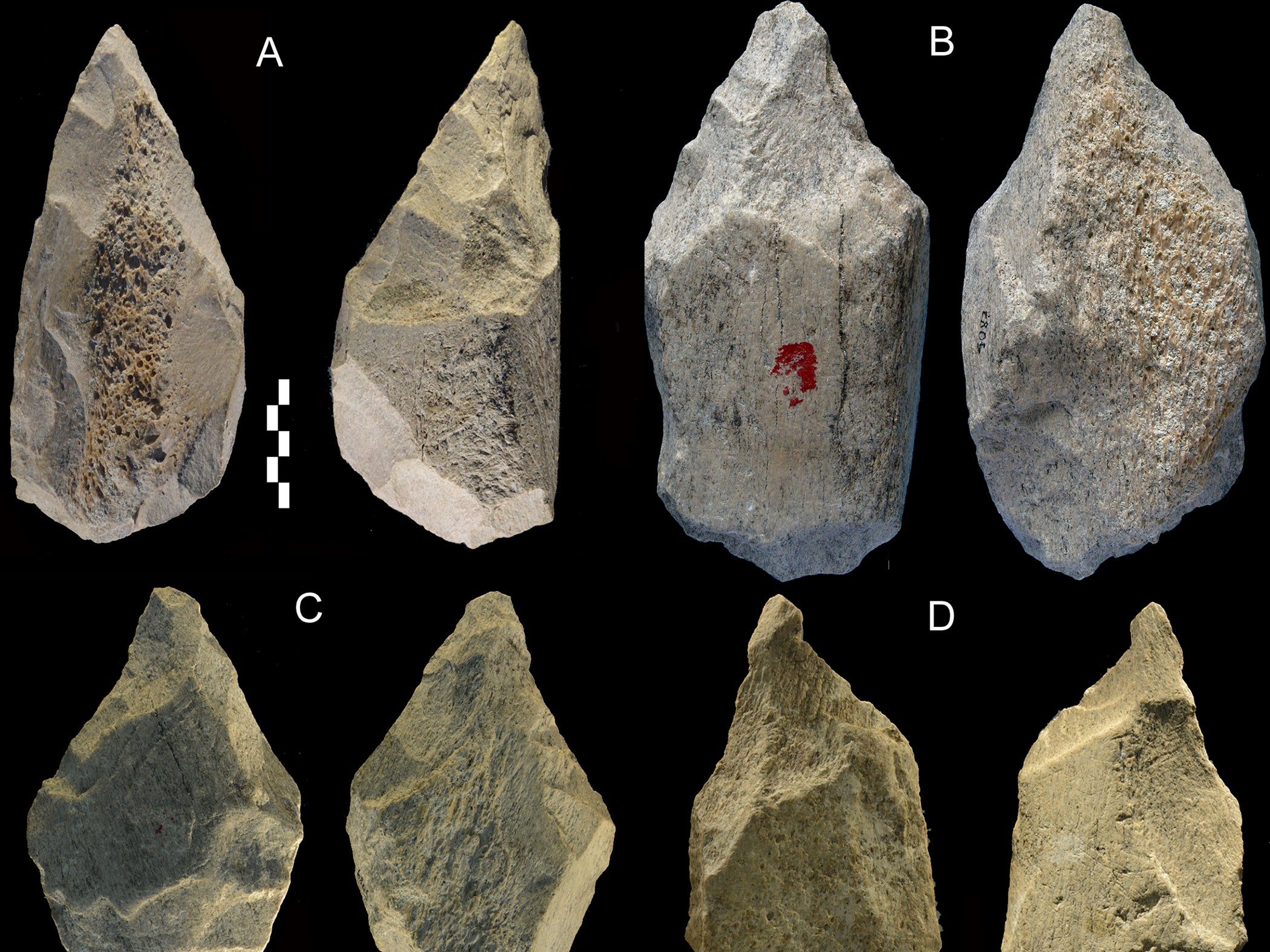Elephant carcasses broken down and bones turned into tools, archaeologists find
Huge skeletons were broken down to create ‘standardised blanks’ for further refinement, say experts. By Jon Sharman


Archaeologists have catalogued an unprecedented trove of prehistoric bone tools they say were created on a kind of production line some 400,000 years ago.
The experts said there was evidence that hominids in what is now Castel di Guido, west of Rome, broke down elephant carcasses to make “standardised blanks” for a wide range of tools.
In all, 98 verified tools were found on digs between 1979 and 1991 including knives, a “smoother” for working leather and intermediate objects likely designed to aid the process of segmenting elephants’ long bones.
It is the largest set of such artefacts produced by pre-modern hominids to have been documented so far, the researchers said.
The term “hominid” describes all living and extinct great apes such as modern humans and chimps. “Hominins” are members of the Homo genus and its ancestors like Australopithecus.
Paola Villa from the University of Colorado believes the people in Castel di Guido were neanderthals. She said: “About 400,000 years ago, you start to see the habitual use of fire, and it’s the beginning of the Neanderthal lineage. This is a very important period.”
While bone tools have been documented elsewhere, the particular characteristics of this Italian site may have lent themselves to large-scale production. A gully carved by a stream had created a spot where many straight-tusked elephants came to drink, and occasionally died.
There was also not a lot of flint in the region, leading the group to use bone instead. Their tools were crafted by knapping in the same manner as stone tools.
Dr Villa added: “The Castel di Guido people had cognitive intellects that allowed them to produce complex bone technology.
“At other assemblages, there were enough bones for people to make a few pieces, but not enough to begin a standardised and systematic production of bone tools.”
However, it is not thought the Castel di Guido group was necessarily more intelligent than others; the new paper calls their prolific tool-making “more a matter of technical evolution than an innovation due to higher levels of cognition”.
The research is published in PLOS One.



Join our commenting forum
Join thought-provoking conversations, follow other Independent readers and see their replies
Comments